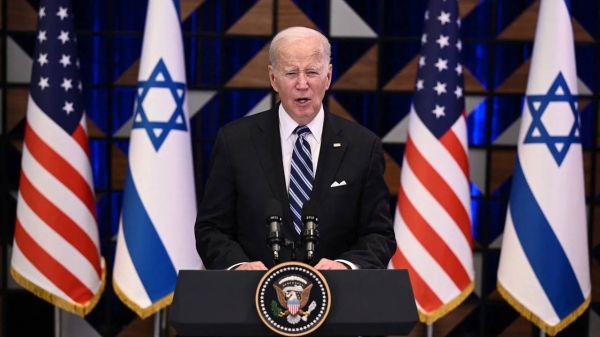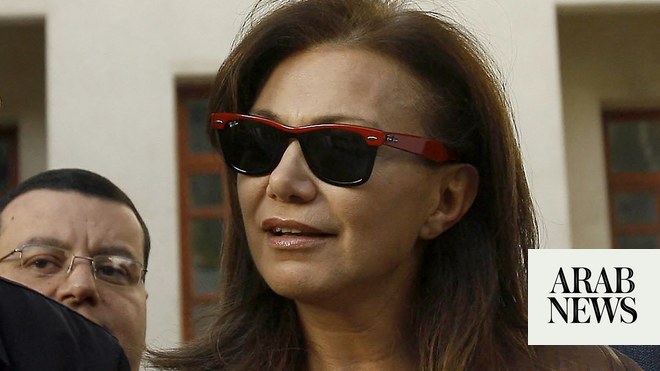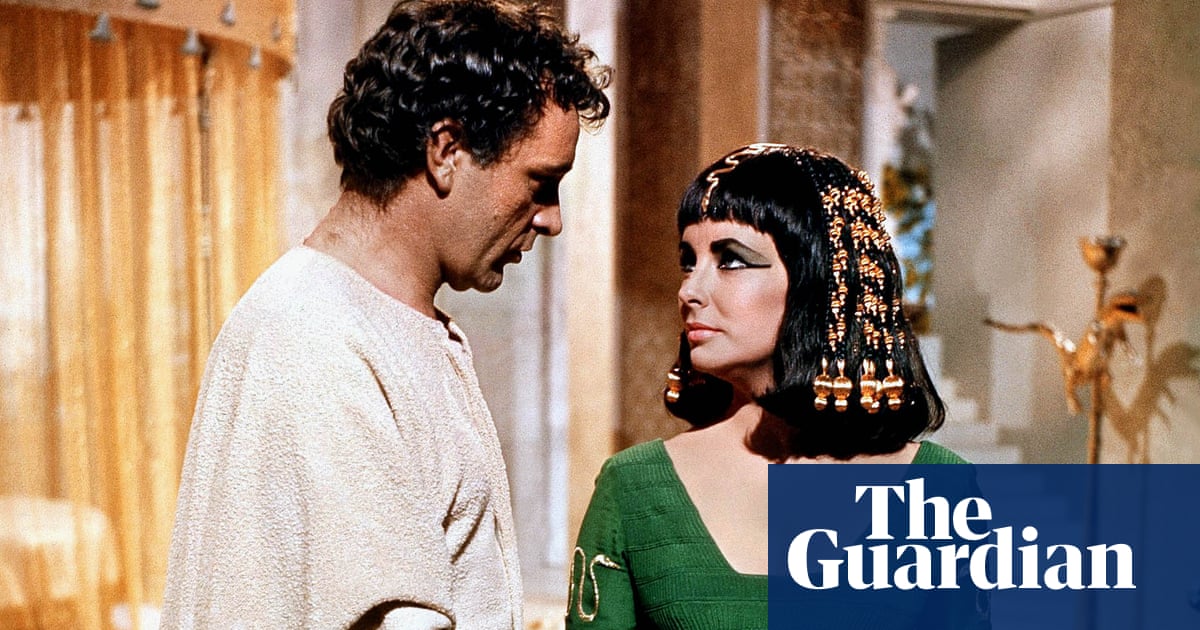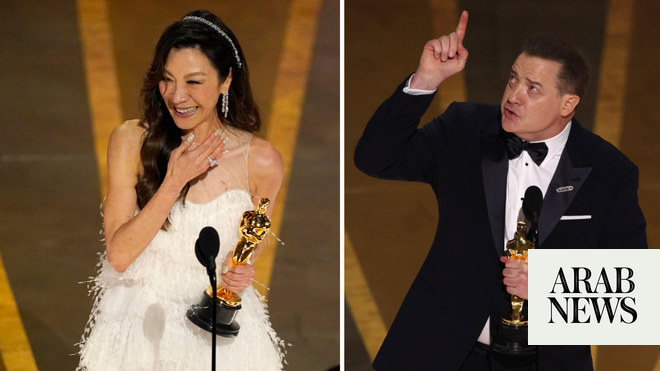
Breakfast at Tiffany’s was a sacred film in my household growing up. My mother’s VHS tape, fuzzily recorded off TV, was plastered in “do not tape over” warning labels, a defence I might have to explain to someone born 10 years later than I was. The opening credits on this worn copy were briefly disrupted with footage from the 1988 Wimbledon men’s final – still overlaid, in an altogether lovely technological blip, with the wistful strains of Henry Mancini’s Moon River theme. The warning labels dated from shortly after this unfortunate, swiftly aborted overlap.
I thus grew up thinking of Breakfast at Tiffany’s as a film that belonged – via the tape, in a most literal and physical sense – specifically to one person. And then, by extension, to me, as a kind of inheritance. We watched it many times in my childhood, when I was rather too young to understand what exactly Manhattan socialite Holly Golightly did with her life – though, in my defence, the film rather sidesteps the issue too. No matter: it was probably one of my first encounters with pure movie star power, or at least one of the first times I recognised it as such. Audrey Hepburn, so perfectly doe-eyed and beehived and brightly funny and winsomely sad, seemed as much to me a force of magic as Julie Andrews in Mary Poppins and The Sound of Music, even if the person she was playing made less sense to me. And not least of all – probably most of all, if I’m being honest – there was a cat. Cats were a cheap and easy way to my heart in a movie: the whiplash of panic and relief I felt over the rash disposal and cute retrieval of Holly’s ginger mog returns to me every time I watch it still.
All of which is to say that Blake Edwards’ essentially modest romantic comedy became for me one of those strange texts by which you mark your own shifts in understanding and perspective. Every few years it looked a little different: a bleak undertow appeared in Holly’s jolly everyday carousel of parties and suitors, as did the poignant aspirationalism of her morning window-shopping walks. The film may undersell the irony and subtle sorrow of Truman Capote’s source novella – reading that, too, makes the film forever play differently – but its between-the-lines balance of bitter to sweet, too, tastes different with age. (I understood, too, why we usually fast-forwarded through Mickey Rooney’s yellowface scenes as Holly’s crotchety Japanese landlord: I had thought them merely an unfunny diversion, though they were certainly that too.)
With the film now 60, and me nearly 40, my affection for it endures – despite the ways in which it softens and compromises Capote’s sharper, tarter character study, or perhaps because of them. It is perhaps one of the great Hollywood examples of good literary adaptation yielding a fresh gift altogether, rather than a faithful, secondary evocation. The film’s sweetened love story between two (admittedly very pretty) social outliers – one a guarded extrovert, the other a writer trying to crack the world around him – may be nothing like Capote’s more detached, unromantic portrait of a woman alone in her crowded social whirl, aiming to draw different emotions from its audience entirely. But there’s still a tender kind of truth to its sentimentality, and a heartsore vulnerability to Hepburn’s little-girl-lost performance that cuts through the cliche of that very description.
As a rural midwesterner whose on-loan uptown chic is a well-wrought disguise, assisting her escape from a life and marriage without adventure, Hepburn’s Holly Golightly is a kind of exaggerated emblem of who we all become – at least for a time – when we move away from home and have the freedom to reintroduce ourselves to the world. You can see why Capote, who lobbied the studio to cast Marilyn Monroe in the part, was unhappy with Hepburn’s casting: there is no part of her, even buried deep within, that speaks of middle America. But as the performed it-girl Holly, gradually losing track of her past selves, she’s both movingly fragile – we’d get her wounded wanderlust even if she hadn’t been handed Moon River to sing in a perfect spotlight scene, but it doesn’t hurt – and irresistibly spritzy. Decades later, her performance stands as a kind of manic pixie dreamgirl prototype, well before that stock character was overwhelmed and infantilised with hyper-quirkiness.
Meanwhile, whatever the film’s kissing-in-the-rain happy ending might say, she remains a romantic heroine primarily defined by wilful independence: it’s significant, and perhaps even appropriate, that Hepburn’s leading man (the perfectly likable George Peppard, some years before grizzled A-Team renown) wasn’t remotely on her level of celebrity or luminosity. You can trace her DNA through an assortment of single (or singular) women in New York in film and TV, from Annie Hall to Carrie Bradshaw to Frances Ha: she’s scarcely like any of them, of course, but you can solidly bet on all those characters having seen Breakfast at Tiffany’s at some point, and fostered dreams of their own Holly Golightly reinvention.
It’s what makes Holly, and Hepburn’s reading of her, worthy of the much-abused tag “iconic” – more so, for better or worse, than Capote’s more barbed creation. She may indeed be more icon than character at this point, her signature little black dress, updo and cigarette holder now a recognised code – and costume – for cosmopolitan urban femininity even among people who have never seen Breakfast at Tiffany’s. Likewise, not everyone who continues to stick the film’s instantly recognisable poster, with its multi-coloured border and magazine-style illustration, on their dorm-room wall is necessarily a fan of the film. It instead stands for an abstract nostalgia – not for lived experience, but the glamour of a past life – even among people too young to remember Deep Blue Something’s yowling indie-pop ear worm Breakfast at Tiffany’s, gradually and thankfully receding in the film’s cultural legacy.
It’s hard to think of many films that have been so extensively broken down into enduring images and echoing symbology, quite independently of its own fandom. Turns out young me was quite wrong, whatever the aura of that scratchy VHS tape: at 60, it turns out, Breakfast at Tiffany’s sort of belongs to everyone, whether they know it or not.












